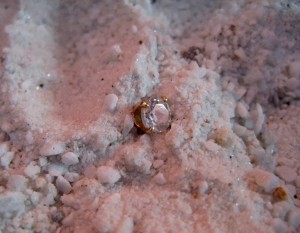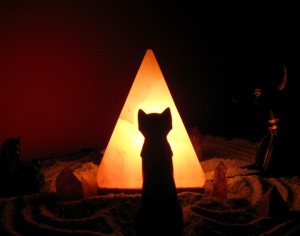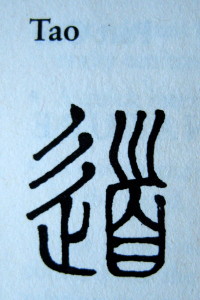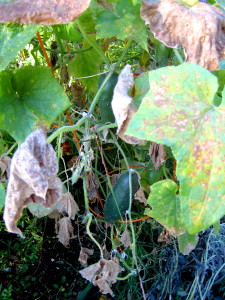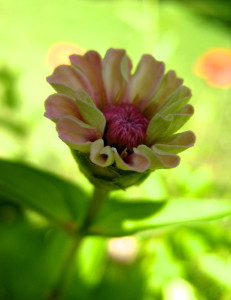
-Artwork © 2024 Jan Ketchel
Here is Jung’s favorite story, The Rainmaker. It was told to him by his friend Richard Wilhelm, a theologian and missionary, who lived in China for 25 years and translated the I Ching:
In the ancient Chinese province of Kiaochou there was a drought so severe that many people and animals were dying. In despair, the citizens called for an old rainmaker, who lived in the mountains nearby. Richard Wilhelm saw how the rainmaker was brought into town in a sedan chair, a tiny little gray-bearded man. He asked to be left alone outside the town in a little hut, and after three days it rained, and even snowed!
Richard Wilhelm succeeded in being allowed to interview the old man and asked him how he made the rain. But he answered, “I haven’t made the rain, of course not.” And then, after a pause, he added, “You see it was like this – throughout the drought the whole of nature and all the men and women here were deeply disturbed. They were no longer in Tao. When I arrived here, I became also disturbed. It was so bad that it took me three days to bring myself again into order.” And then he added, with a smile, “Then naturally it rained.”
Toward the end of his life, Jung shared with Marie Louise von Franz, his chief collaborator, a spontaneous catastrophic vision of destruction of much of the world as we know it. It worried him greatly. We can understand why Jung so cherished the Rainmaker’s story. Humankind, he thought, still had the possibility of just sneaking around the corner of such devastating destruction, and the Rainmaker teaches how.
In our time, all of nature, including all of humankind, is deeply disturbed. The disturbance is infectious and cannot be avoided. Even the balanced Taoist priest who entered the infected province in his time could not escape infection. His infection was actually necessary for him to arrive at the ultimate cure.
The guidance here is to avoid the trap of blame of self and other. To be alive at this time is to be infected with extreme imbalance. The disorder, whatever its cause, can only be put right by action within the self; and nature, like the Rainmaker’s rain and snow, will respond accordingly to this individual gesture.
The Rainmaker’s first insistence is to be left alone within a hut. This guidance to withdraw is critical in our time as well, as the hypnotic suggestions of influencers—whether they be politicians, artificial intelligence or astral entities—seek to incessantly saturate the human subconscious mind with their intentions, whereby maintaining chaos.
Thus, though we cannot avoid infection, we can create a boundary around ourselves to ward off continued penetration by outside influence. Self-hypnosis that states such an intention can materialize such a boundary. Meditative practices to not attach to thoughts inhibit their impact upon the central nervous system.
Current immune research observes that inflammation is an immune response to viral infiltration that draws one inward, forming a boundary around outside interests, that enables energy to go inward, much like the solitary Rainmaker in his hut. Even friends and loved ones are withdrawn from, as libido is needed for the inner journey of self love.
Practically speaking this requires assuming sovereignty over the central nervous system. Victor Frankl demonstrated that one could even achieve calm while interned at Auschwitz. This was how he survived. When I project myself into Gaza right now, I breathe myself into calm. Alpha calm can be achieved through the breath: 8 counts in, hold 8, exhale 8, pause 4 and begin again, and again…
Proverbial to the Rainmaker’s inner journey is the duration of three days, after which the heavens released water to this world in cloudbursts of rain and snow. Three is the number symbolic of completion. Christ’s journey to resurrection came on the third day after his death.
Completion itself might be of much longer duration than three days. Carlos Castaneda advised us to take all the time we need, but also to hurry up, as old age is real in human form. He knew this intimately, as he died to human form shortly after delivering this guidance.
Christ spent those three days in hell. When we have steadied the central nervous system we are prepared for this deeper journey. This time period is symbolic of the night sea journey into the unconscious, where we retrieve our fragmented soul in our personal unconscious, as well as our ancestral soul in the collective unconscious. Only through such reclaiming and reordering of our wholeness can we align with our spiritual center and open the heavens.
Be so empowered. Every one of us who embarks on our inner healing journey is part of the collective savior of now. As the Rastafarians would say, and Bob Marley sings, “I ‘n’ I vibration yeah! Positive!”
One Love,
Chuck

